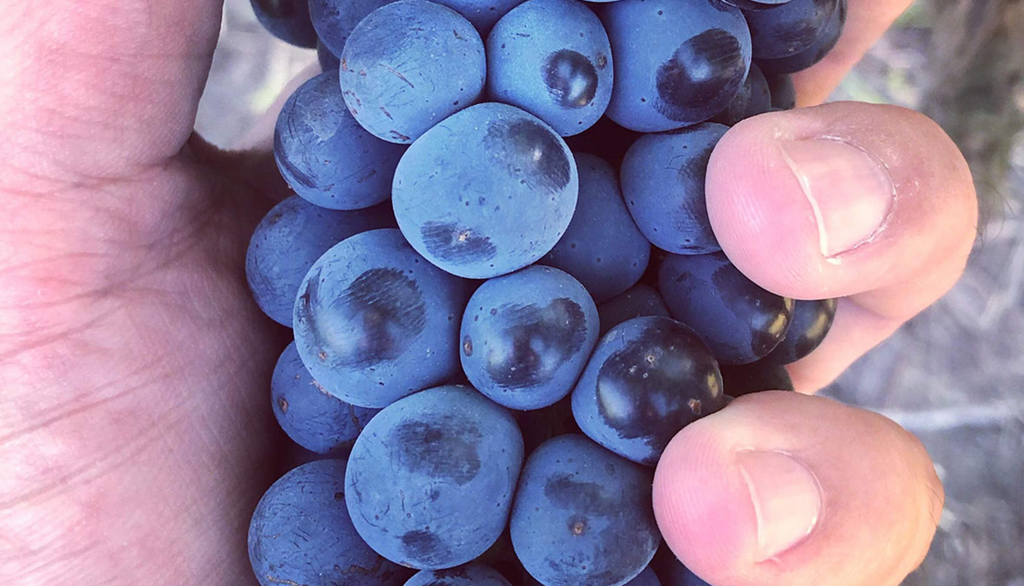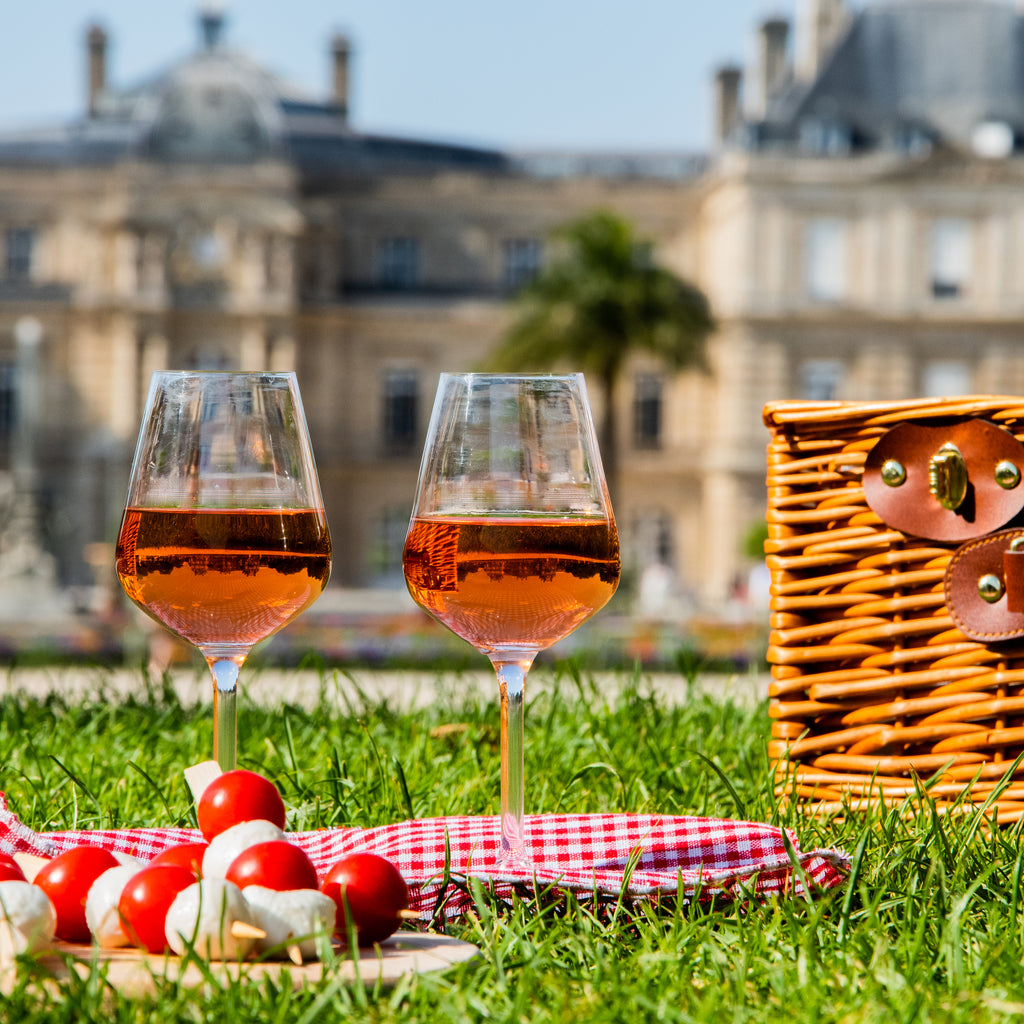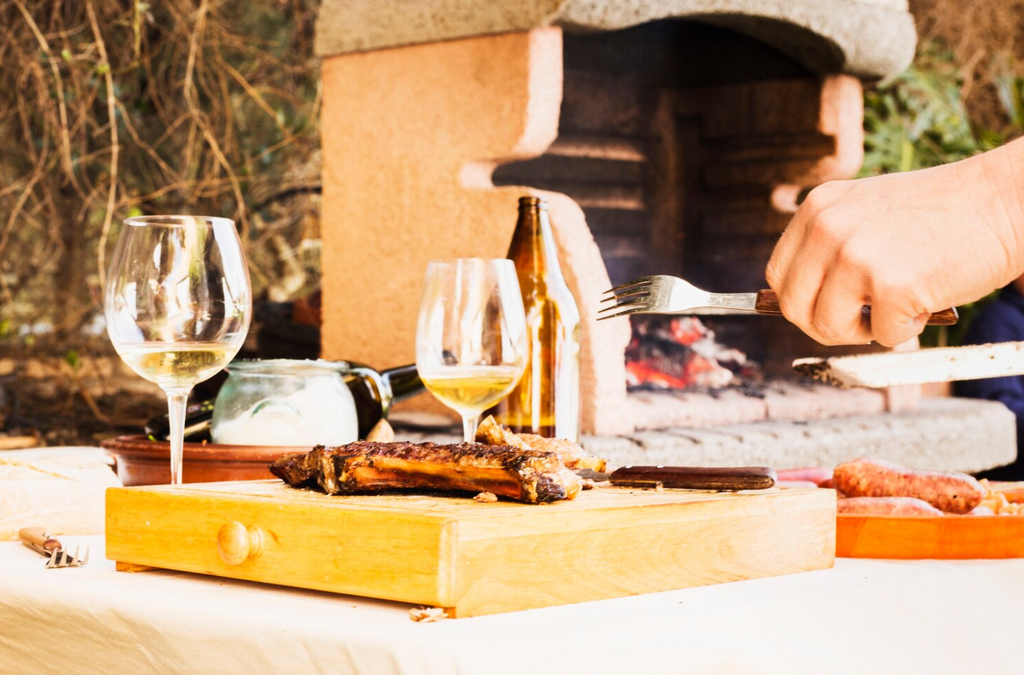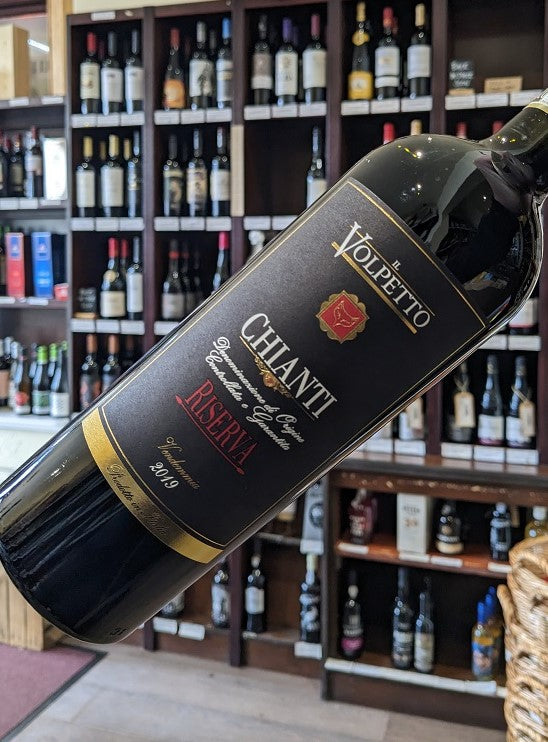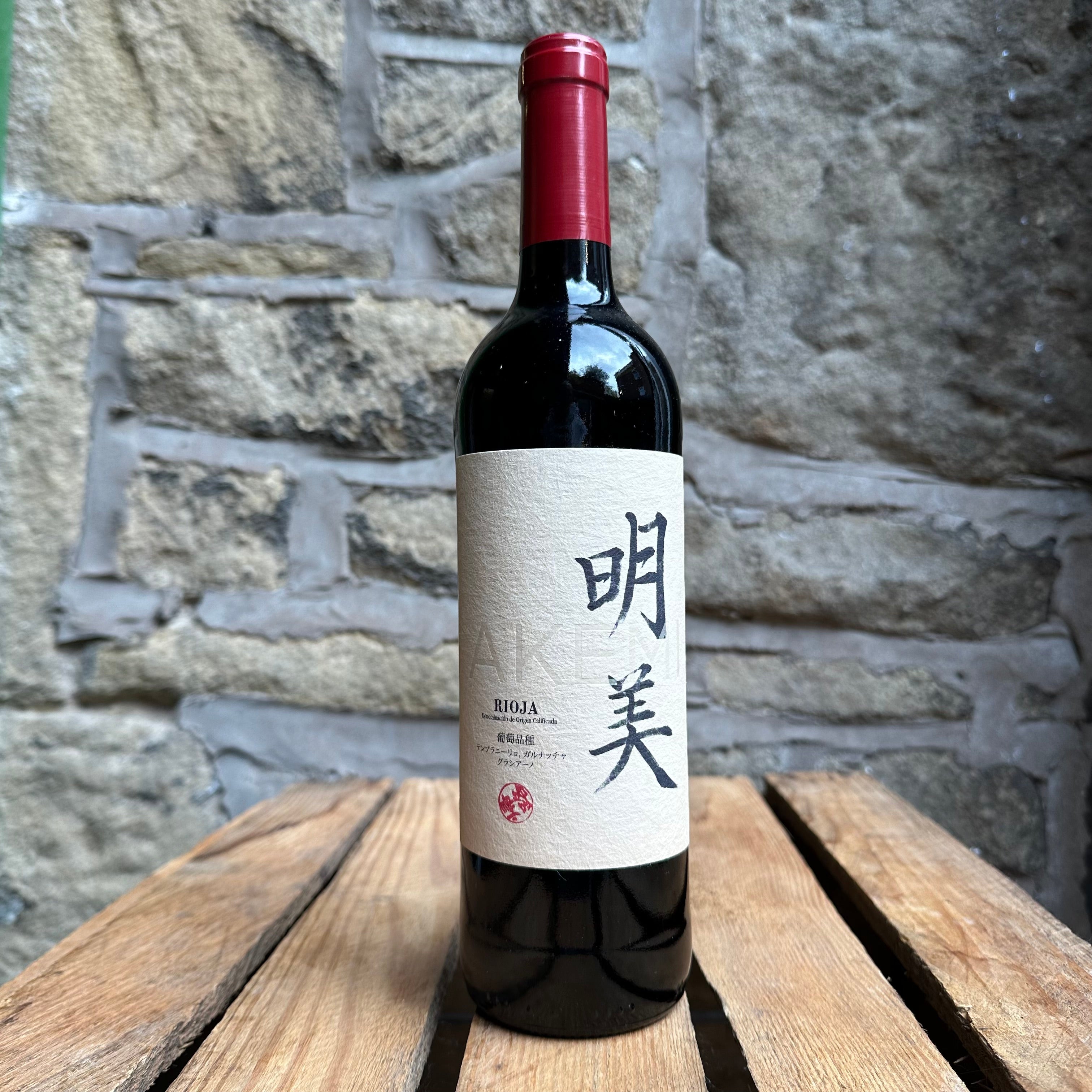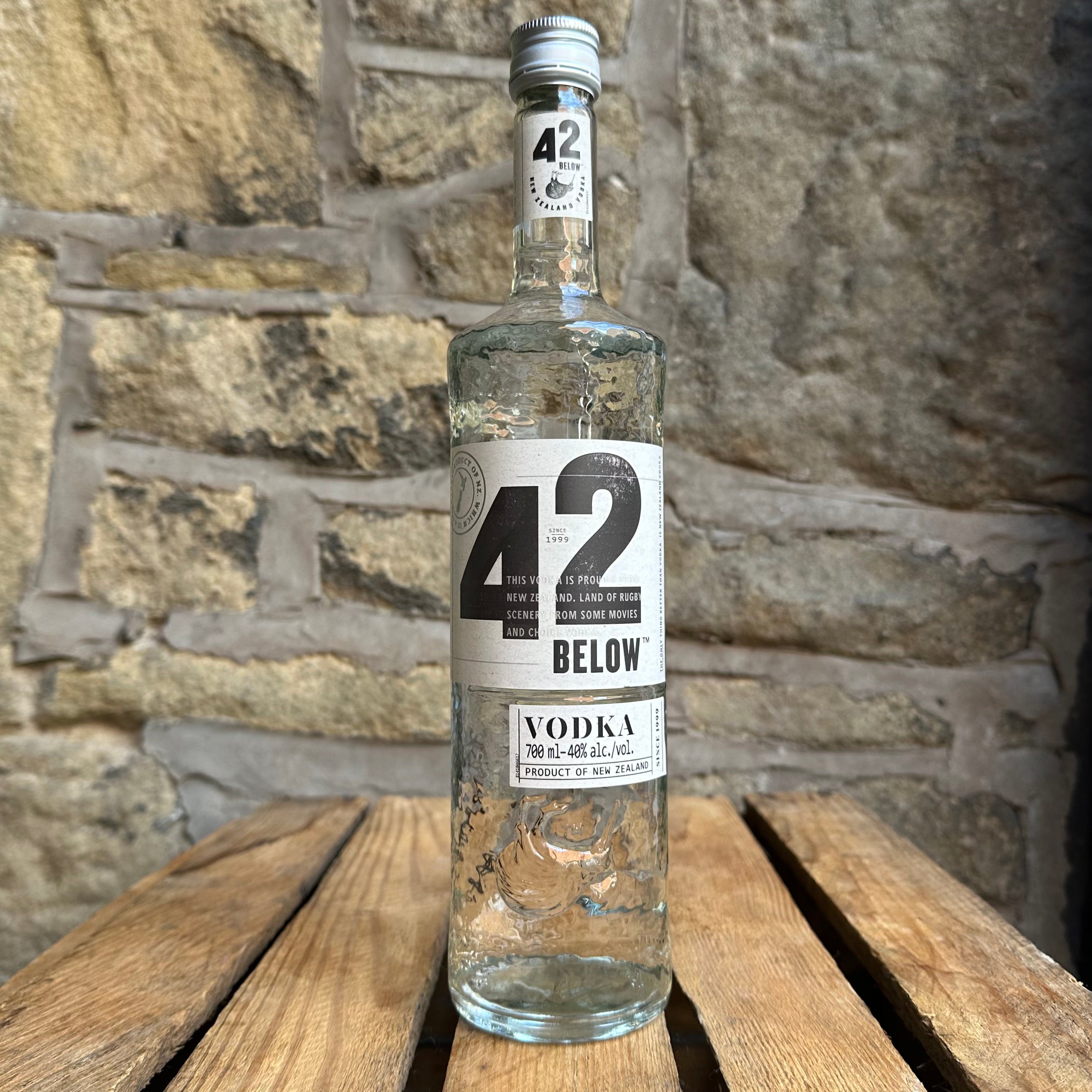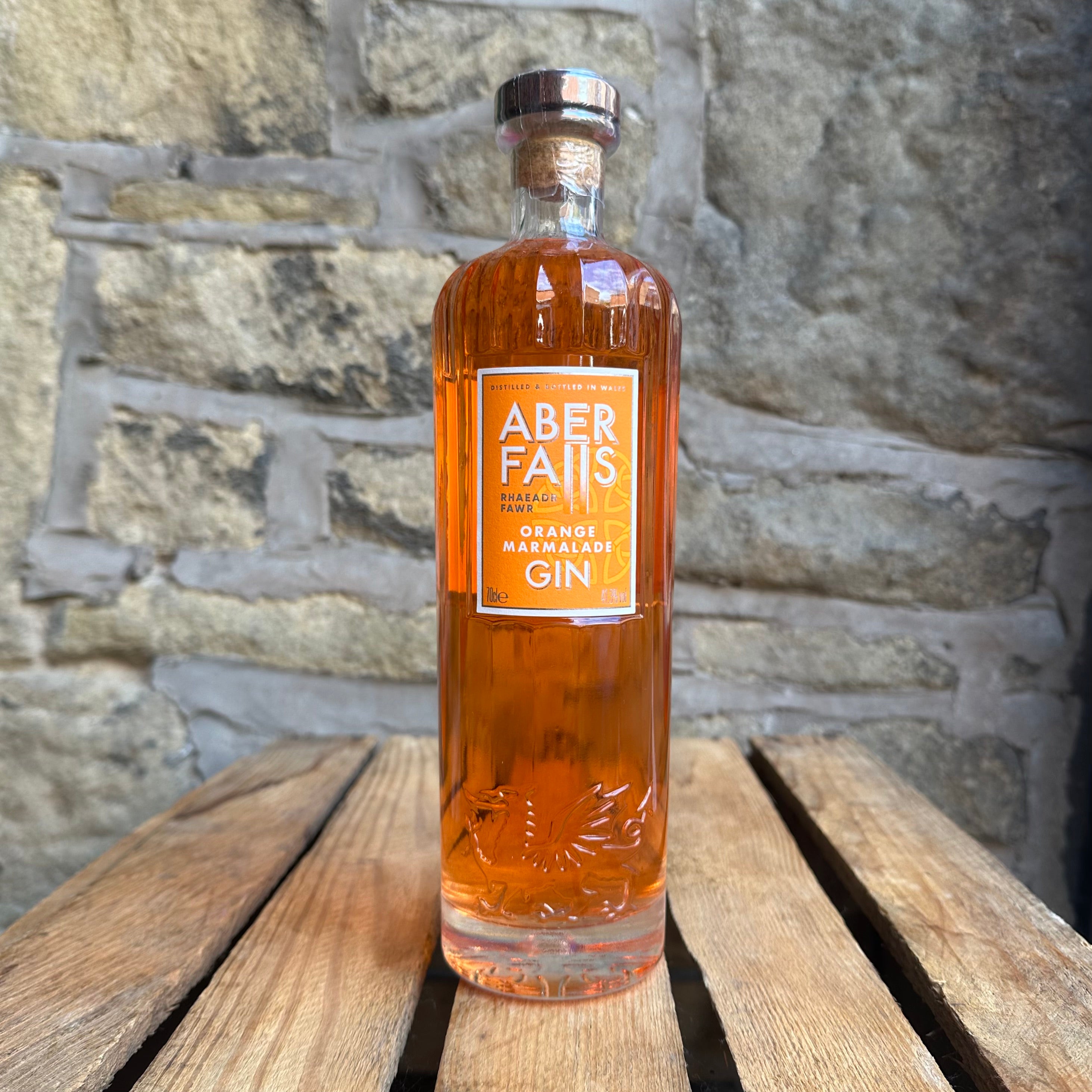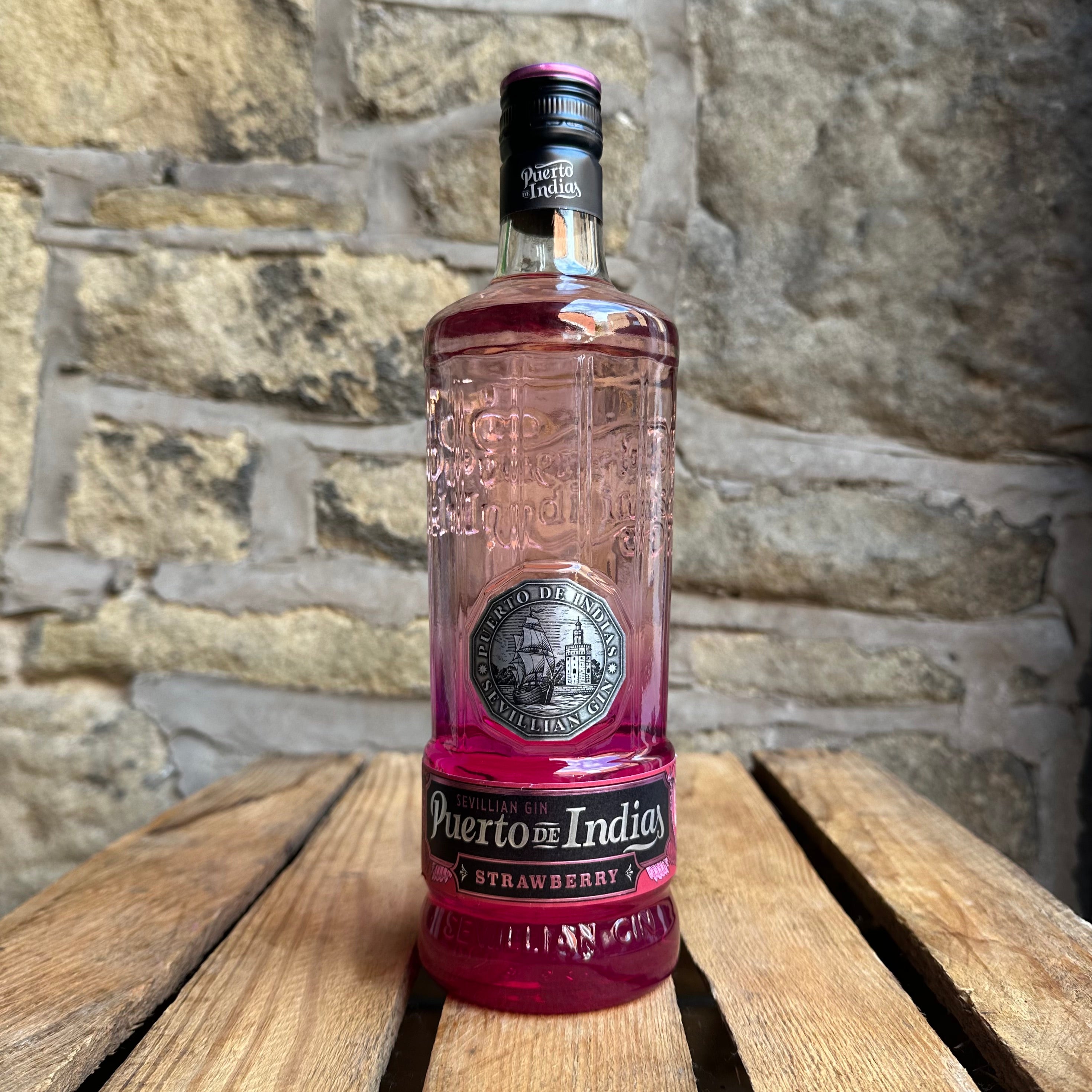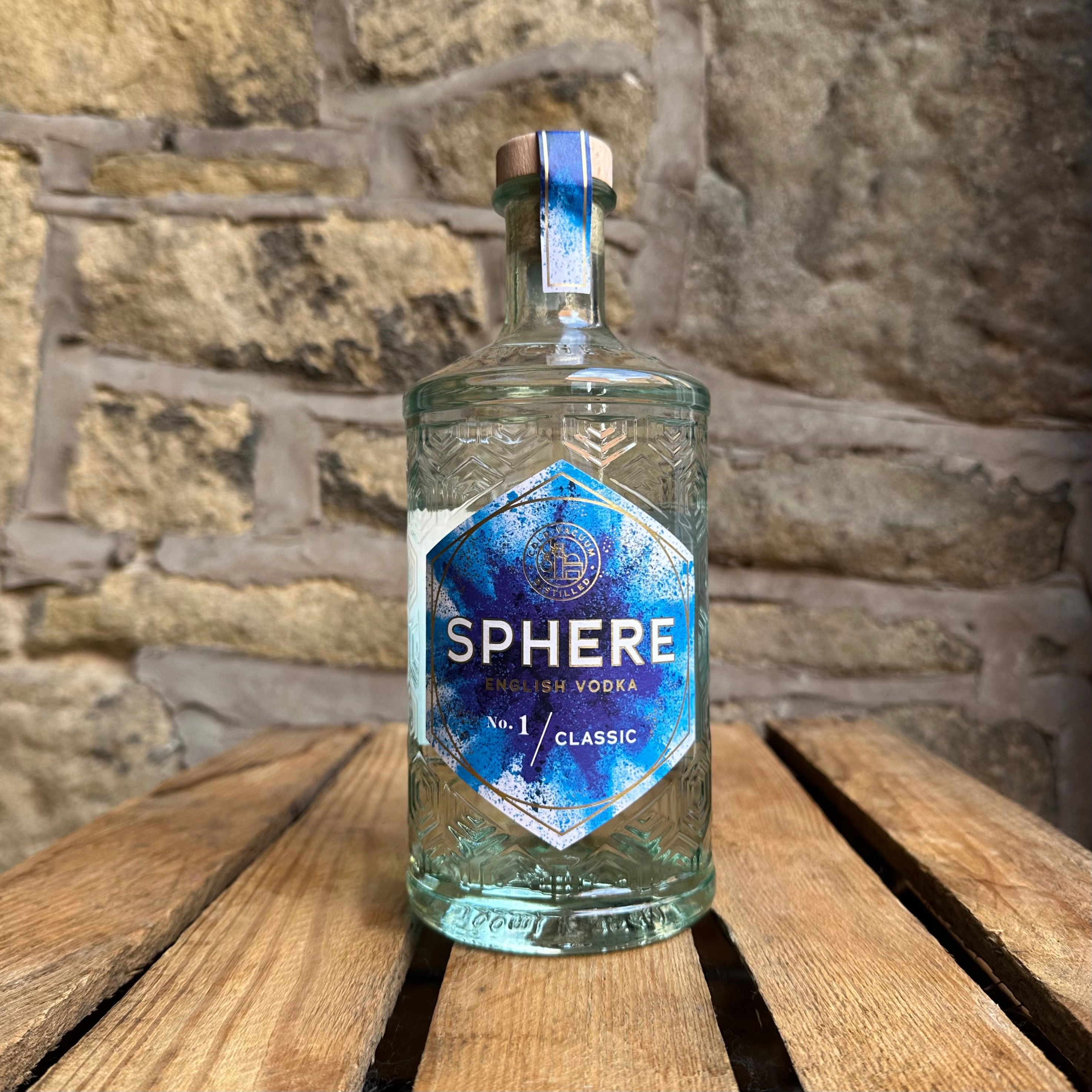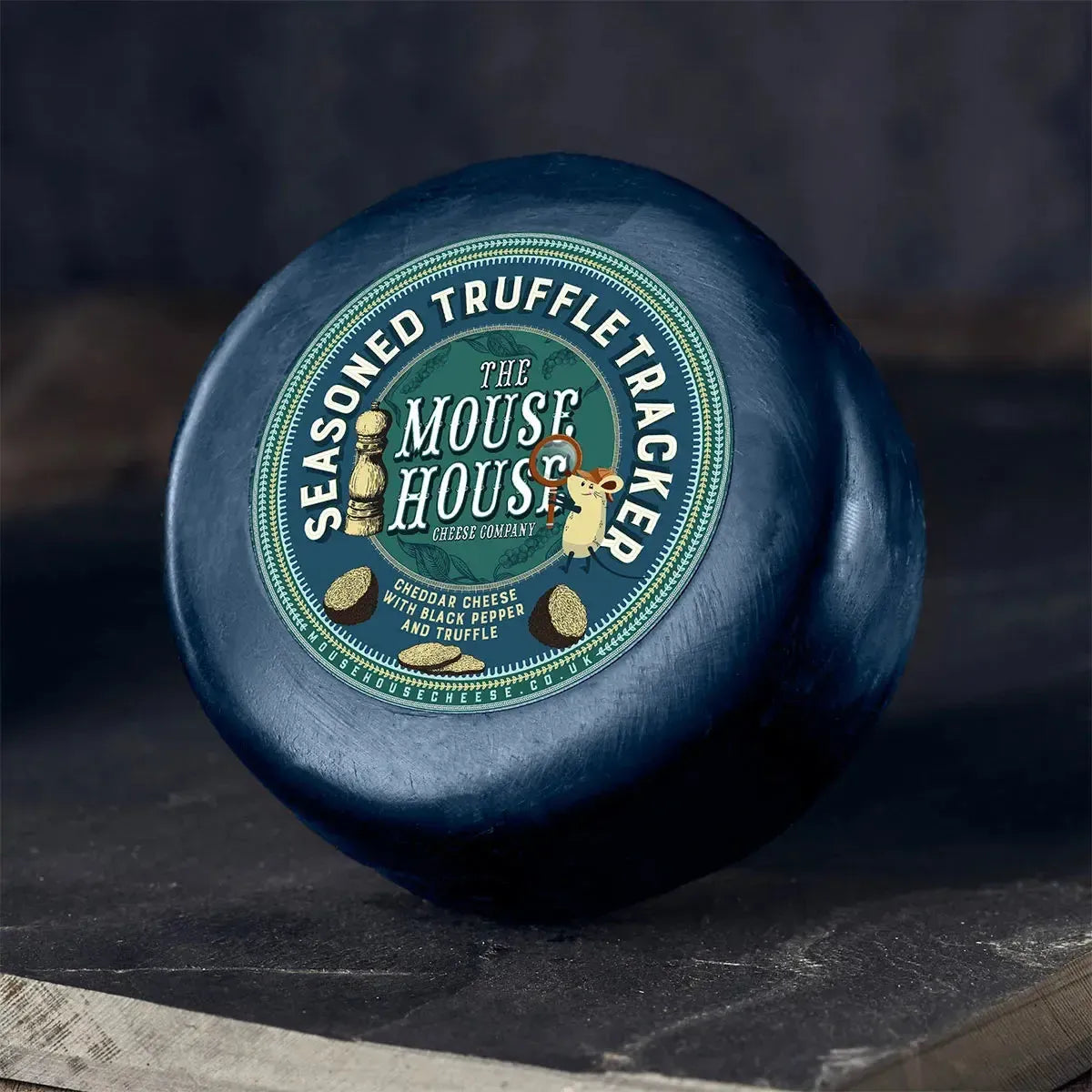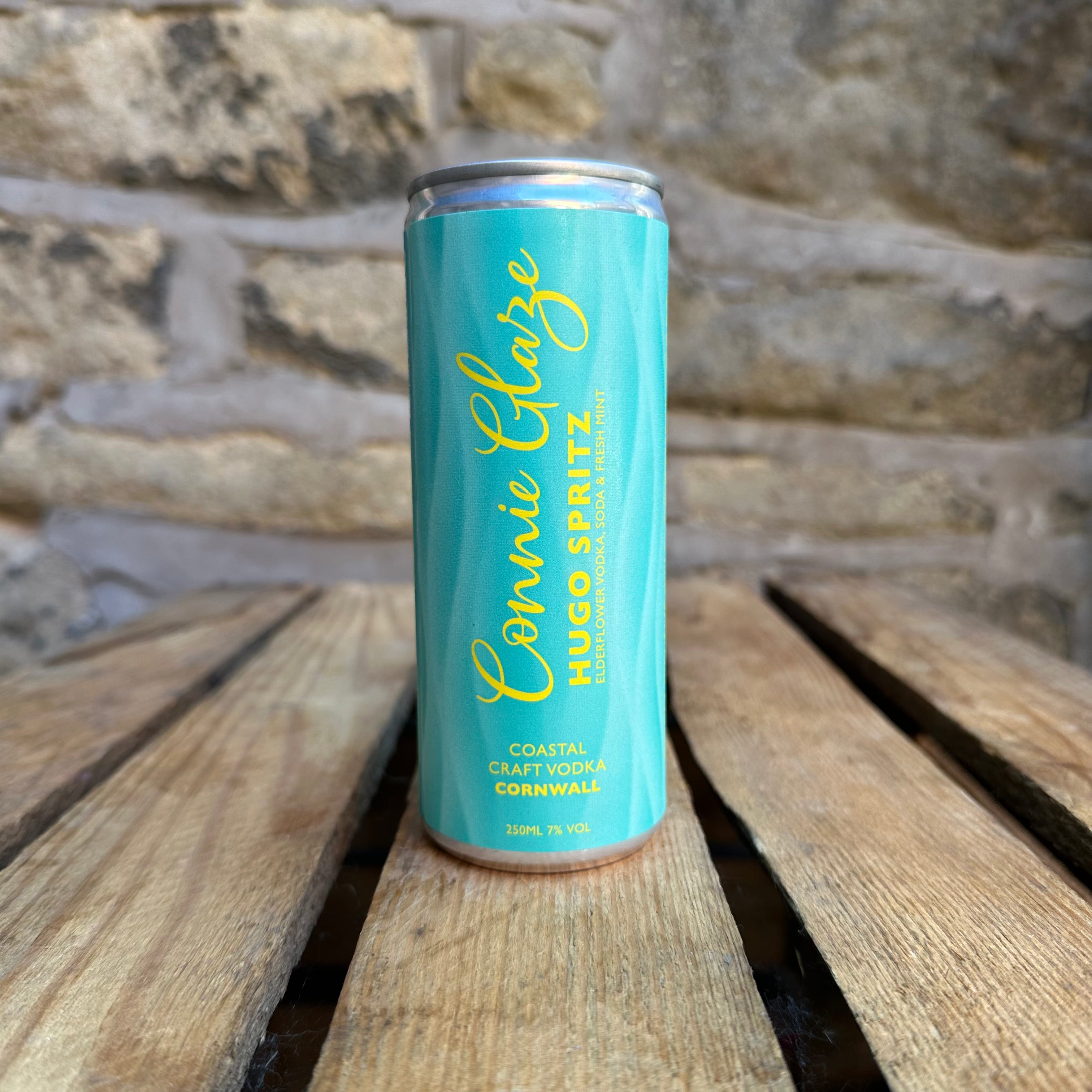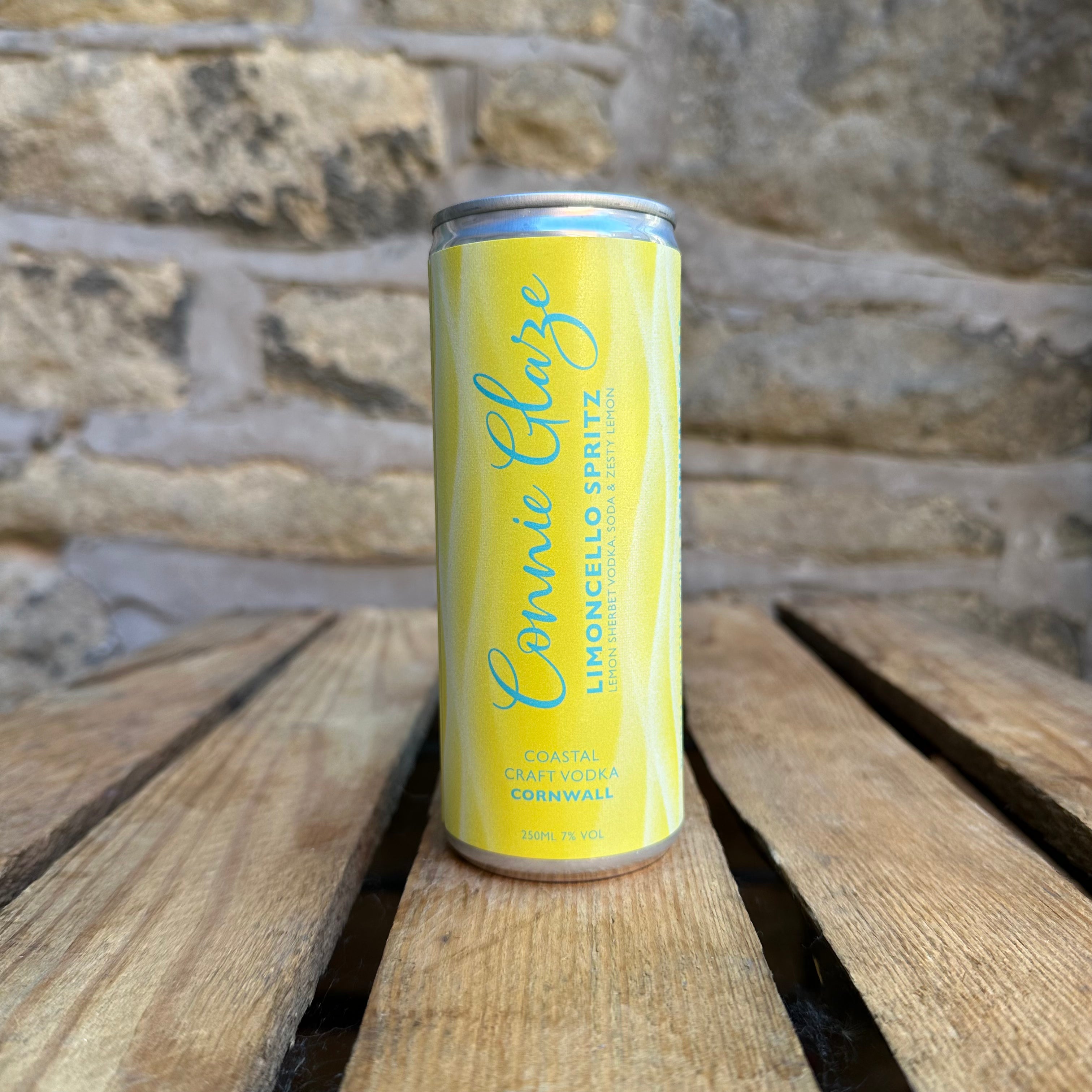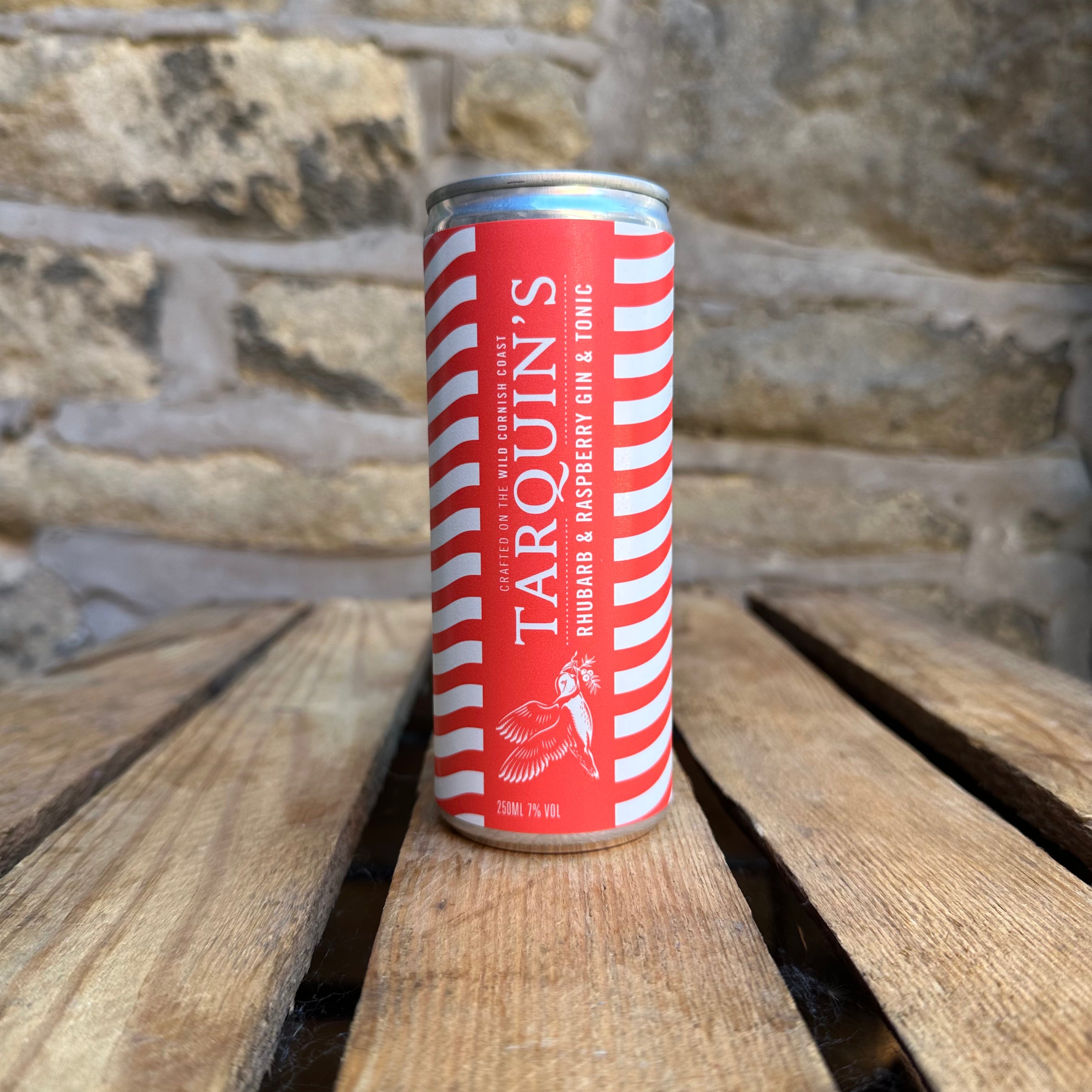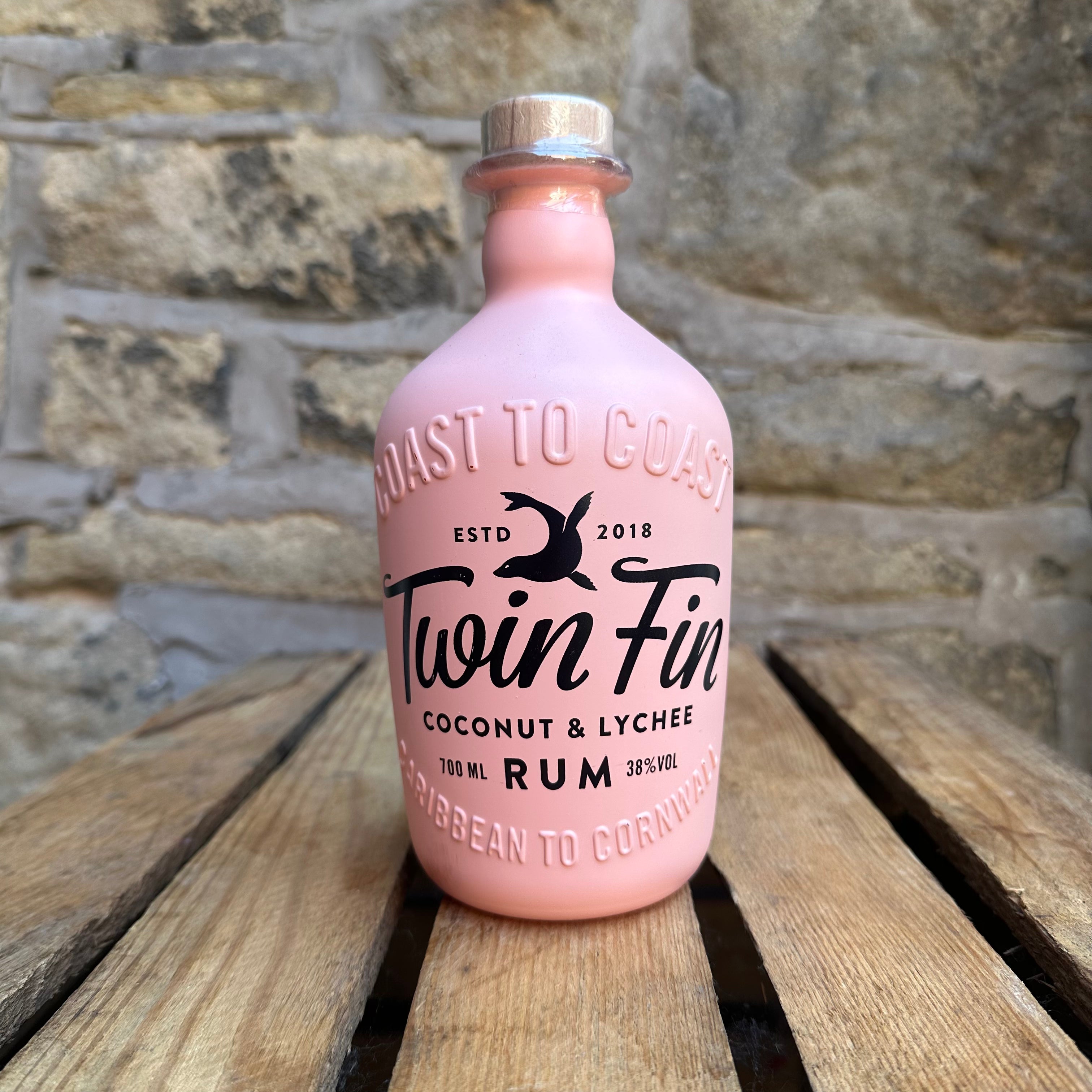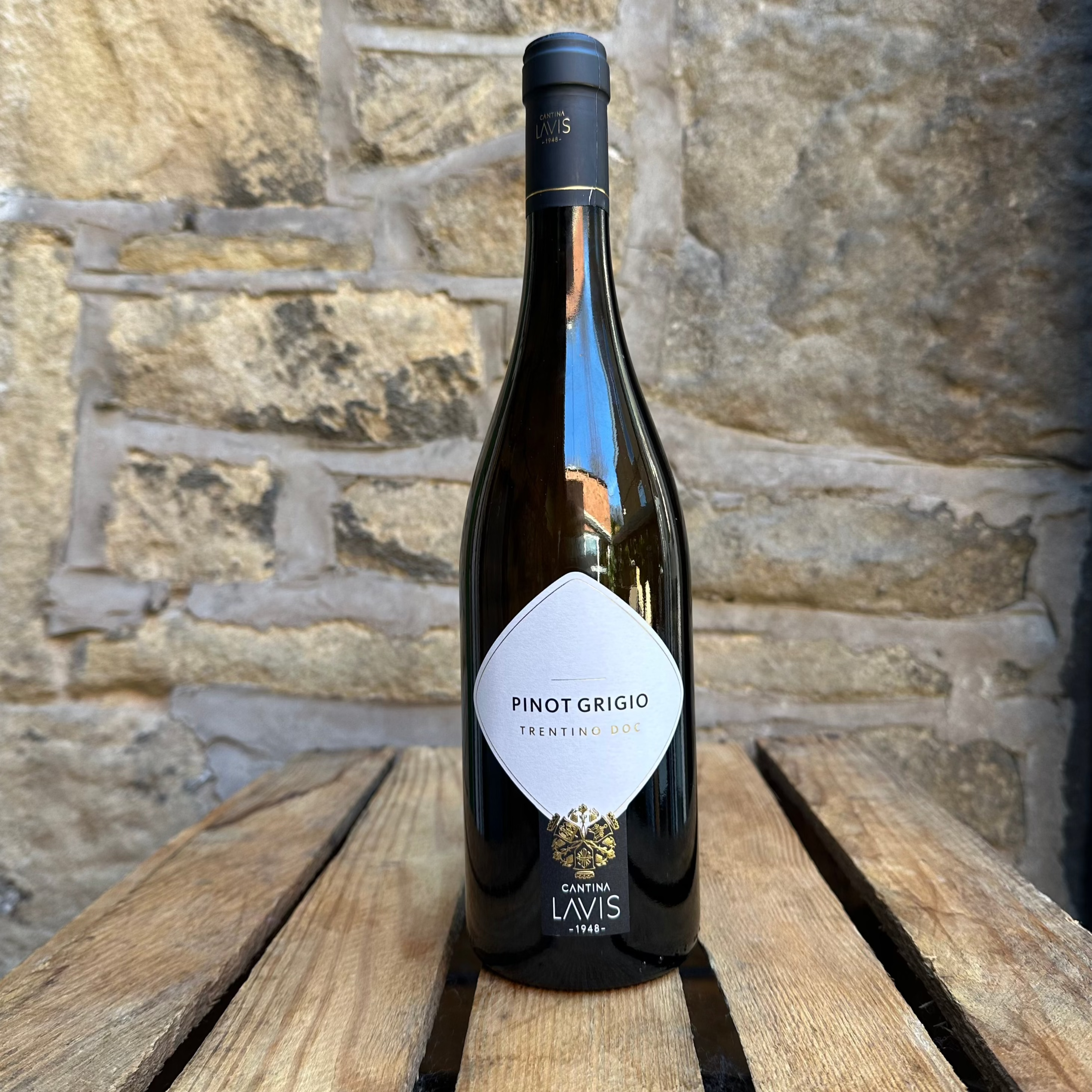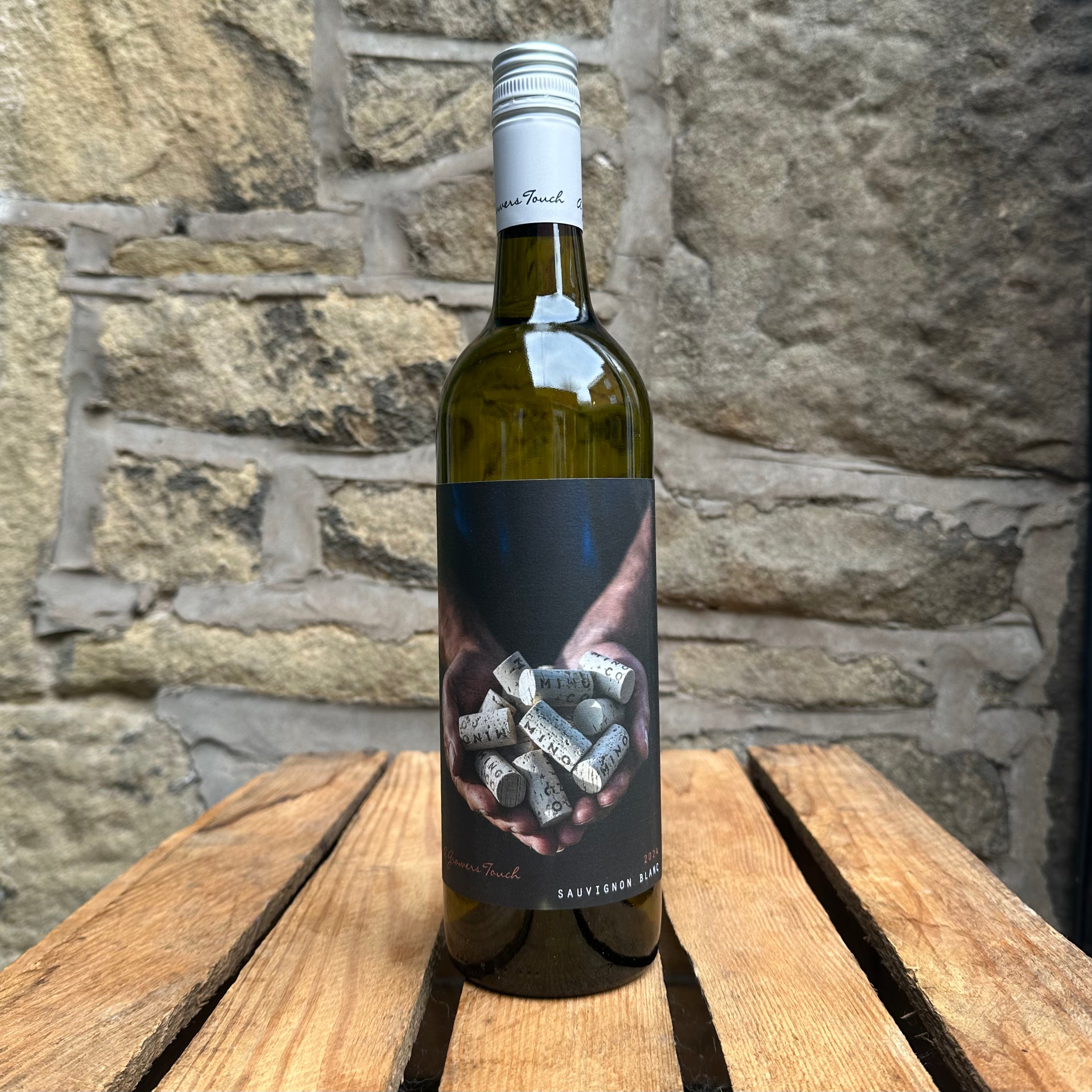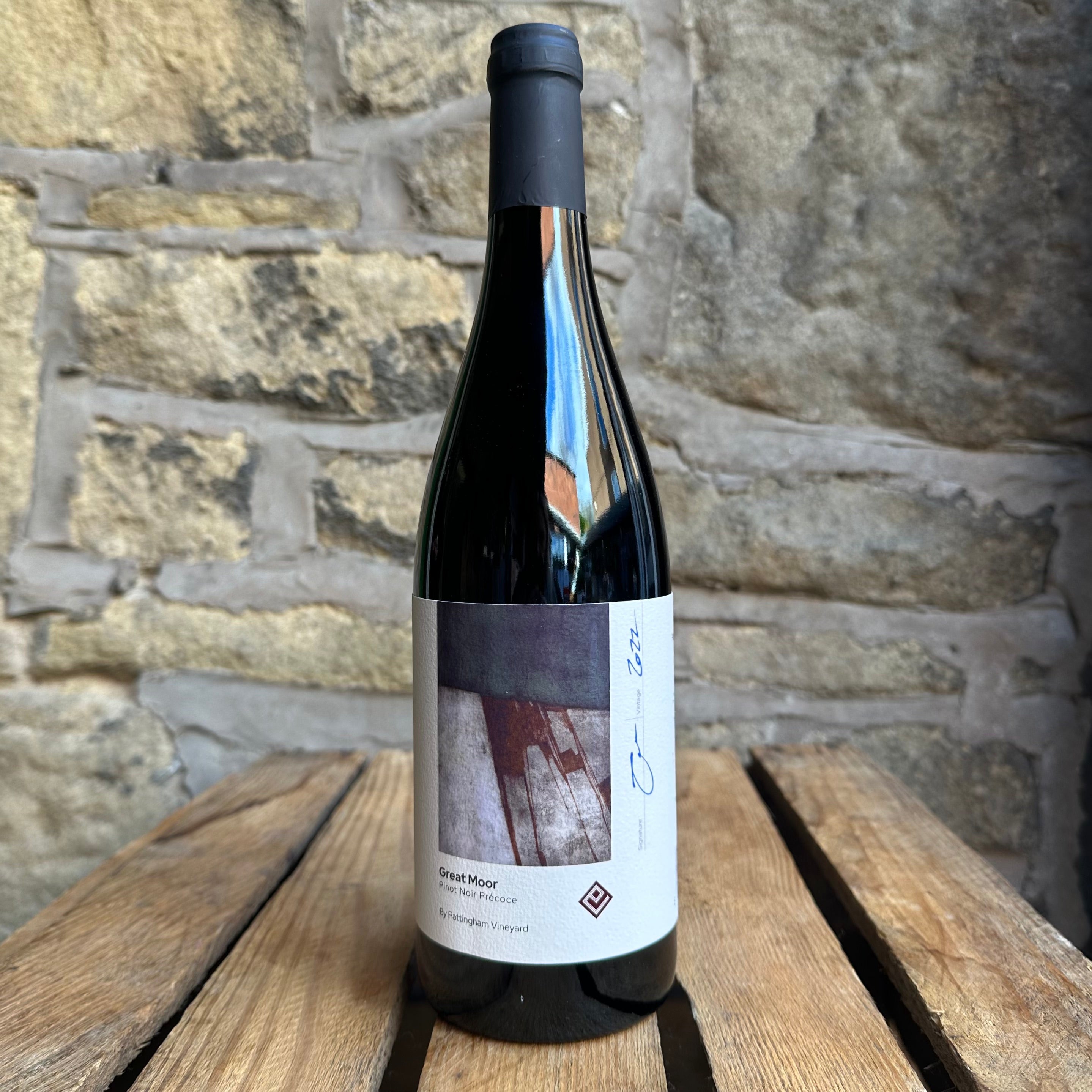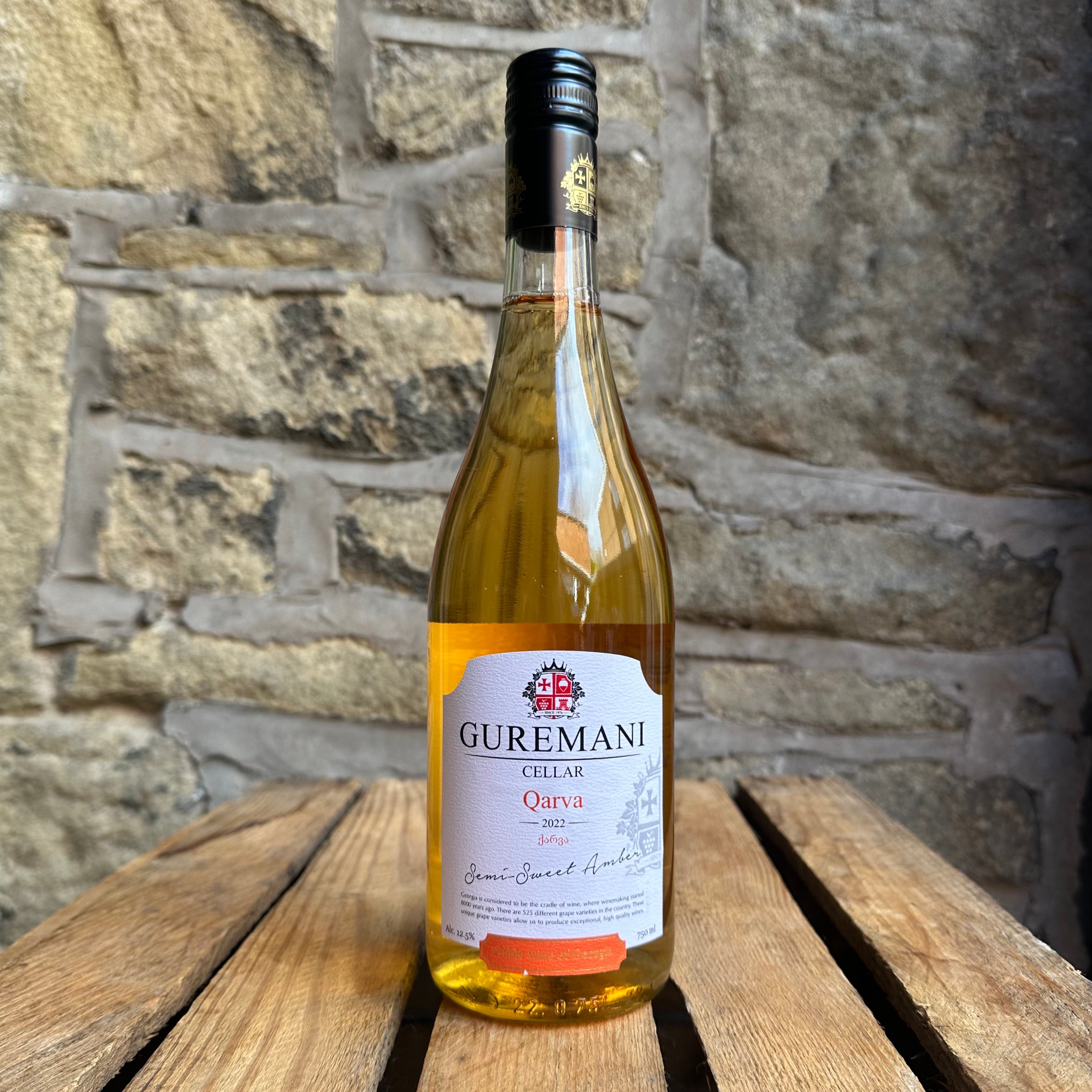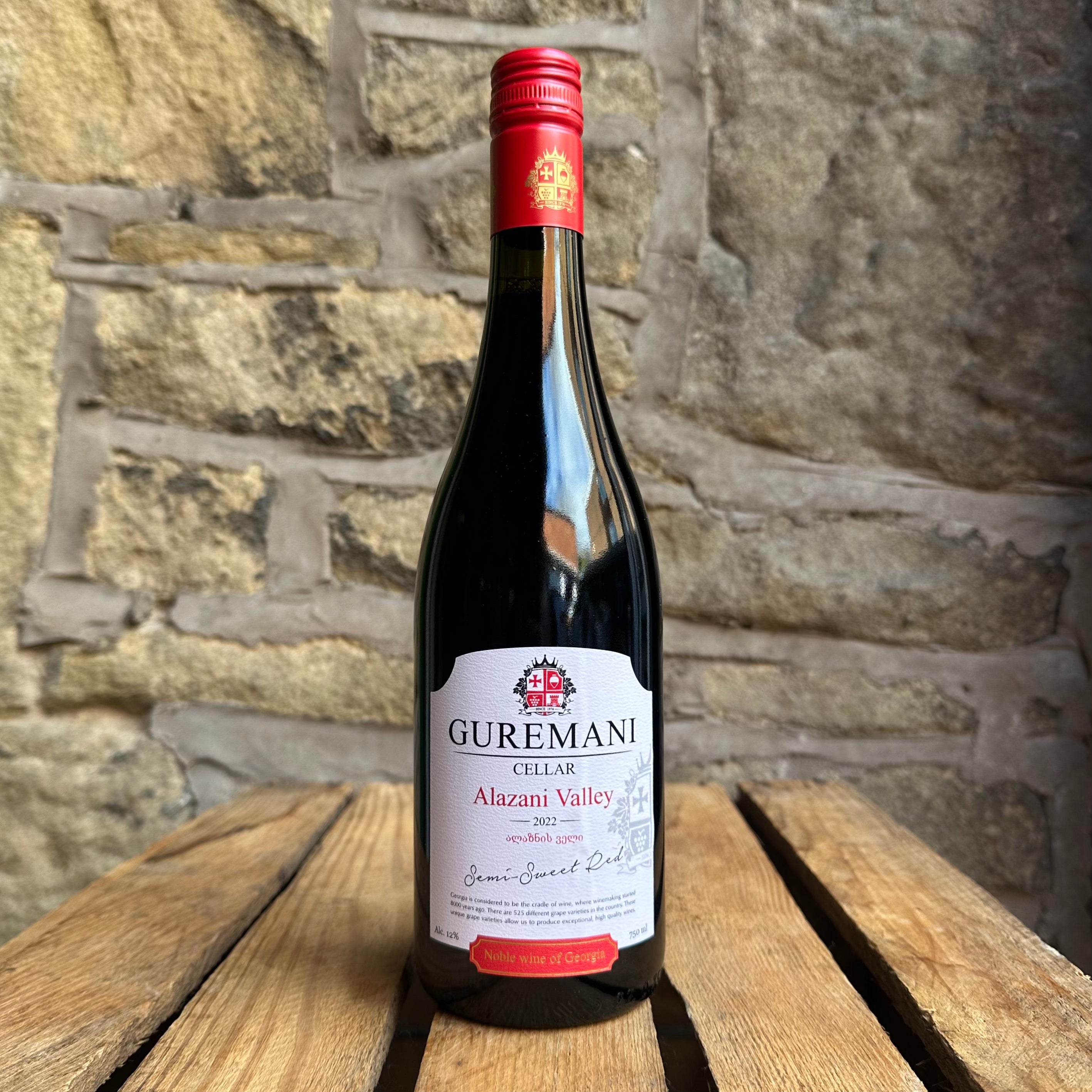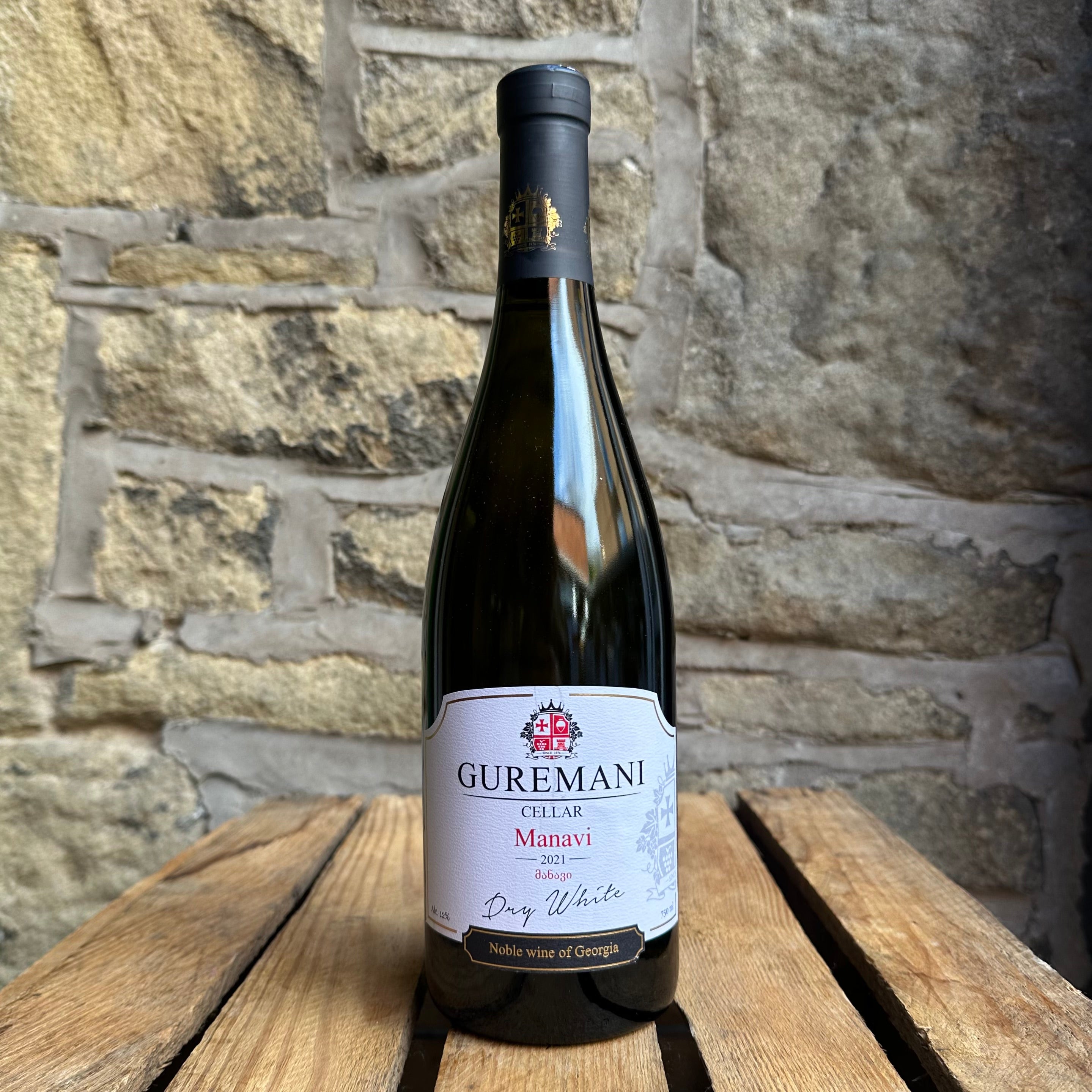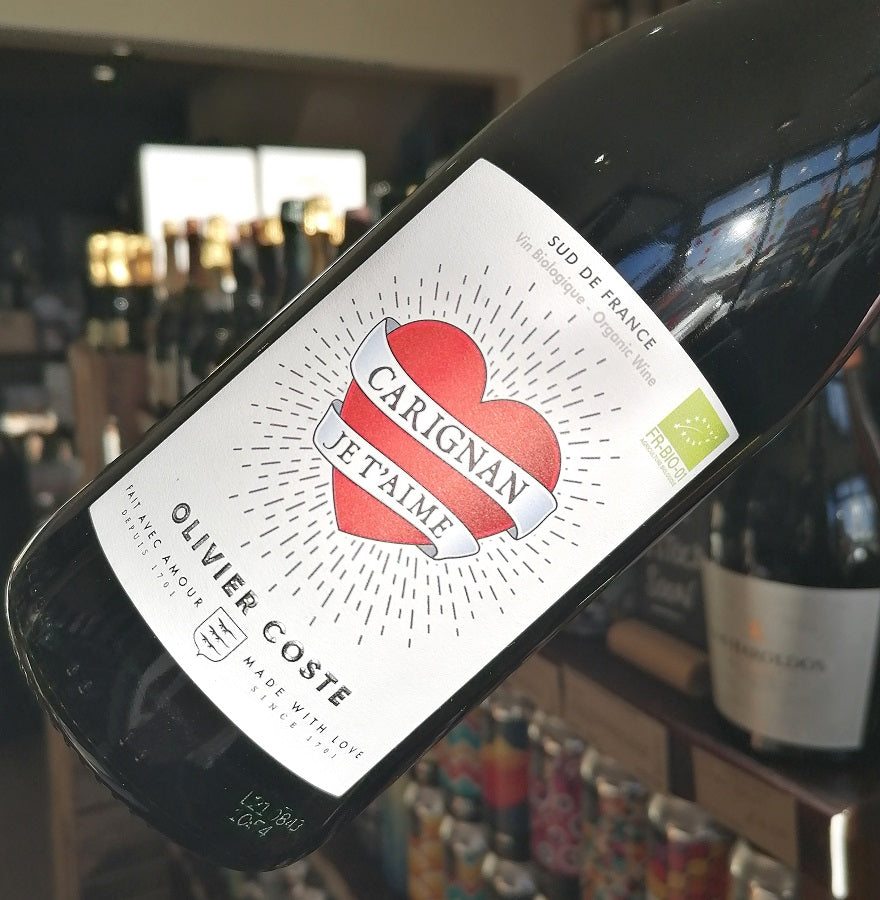
Carry On Carignan

After a long and fruitful history, Carignan seemed to have passed its peak in the 20th century, but thanks to some dedicated winemakers, its true potential is being explored once again. In honour of International Carignan Day on 28th October this year, we take a look at why you should revisit this hidden gem.
HISTORY
There has been much debate over Carignan's origins. The most evidenced theory is that it originated around the town of Carinena (a name the grape also goes by) in Aragon, northern Spain. It travelled throughout the western Mediterranean during the Phoenician period, notably Sardinia, mainland Italy and Algeria. Still widely used in Spain, it then also reached popularity across the border in France after the devastation of Phylloxera caused many vines to be destroyed in the late 19th/early 20th century. A high yield grape with some resistance, mass plantings made Carignan the most planted variety in France by the 1970's, mainly centred in Languedoc-Roussillon.
It was used mainly as a blending grape to colour, acid and tannins to, for example, a Cotes du Rhone in France or a Rioja in Spain. However, the tendency of the grape vine to run rampant if not kept in check, alongside general over-production/planting of all grape types, led to a diminishment in quality and problems with surplus of wines in France during the late 20th century. Many vines were pulled out at the behest of the government, and so high yields of Carignan suffered the most. The move to other blend grapes in Rioja and surrounds also led to a large decline in its home country.

PROFILE
Ironically, the higher tannins and acid that make Carignan such a good grape to blend with Grenache or Syrah can work against it as a varietal, especially if these elements overpower. However, when it is grown and vinified correctly it can be outstanding. Red fruit such as raspberry and cranberry dominate, with warming spice (cinnamon, star anise) and liquorice adding sumptuous complexity. Intense varietals can show earthy-meaty nuances that make it pair wonderfully with richer meat dishes (duck, turkey, goose, pork), umami flavours in vegetable dishes (mushroom, aubergine, garlic) and very mature hard cheeses. Its spice and red fruit make it perfect with tomato sauces and traditional Spanish-style dishes such as tapas or tacos.
EUROPE
Quality producers in Europe have been working to reinvigorate Carignan, breathing new life into older, low yield vineyards. One such producer is the excellent Languedoc-based Olivier Coste. His Je T'Aime Carignan uses 60 year old, organically grown, low yield vines. Long maceration and regular pump overs during fermentation bring our the best in colour and flavour, with maturation in concrete for six months. All this care brings an intense wine of crushed raspberry, dark stewed fruit, warming spice and hints of graphite.
Mont Rocher use 50 year old vines in the hills around Vallée d’Agly of Languedoc, where black schist soils with pockets of limestone bring richness with a fresher, more finely defined character. 35% of the wine spending 3 months ageing with a small amount of French oak staves with the remainder unoaked. Brighter cherry red in colour, it shows aromas of black cherry and subtle vanilla, whilst retaining red berry fruit flavours on the palate before a lively, spicy finish.

Moving on to blends, producers such as Chateau de Cabriac use Carignan to add to their traditional wines from the renowned Corbieres appellation of Languedoc-Roussillon. Their Tradition Corbieres adds old vine Carignan to Syrah, Grenache and Mourvedre for an exuberant wine with ageing potential of 5 years. Full and round with more black fruit dominating, the Carignan helps retain freshness and bring a bold finish.
Berthet-Rayne blends only old vine (average age 60 years) Grenache, Syrah and Carignan from organic vineyards for their Cairanne wine, an area in Rhone they have been farming and producing in since 1880. Fermentation with the délestage technique and regular pump overs, long maceration and maturation in concrete tanks for one year bring a beautifully rustic wine. The fresh raspberry of Carignan shines through, with strawberry and hints of cocoa.

Back to Carignan's historical home of Spain, the northern province of Catalonia/Catalunya has helped its revival alongside the town of Carinena in Aragon. Often known as Samso in Catalonia, the excellent appellation of Priorat produces some of the best Carignan wines. Cal Grau La Petite Agnes blends Carignan with its perfect partner, Grenache, with ageing in a mixture of first and second year French oak barrels for 4 months. Earth-meat tones, smoke, red and black berries and black slate make for a complex wine with layered satisfaction.

NEW WORLD
The rise in quality from a much larger range of producers in the New World since the millennium has brought many benefits. A number have discovered Carignan's potential and embraced this European grape as it adores warmer climates and its late-ripening needs long sunshine seasons to be at its best at harvest. Careful control of vineyard yields is a given, but with due care, attention, and manual harvesting, the New World can breathe new life into the grape.
Winemakers extraordinaire Garage Wine Co use traditional Chilean farming and harvesting methods to create their Old Vine Carignan. A field blend of Carignan with a smidgen of Mataro from the Truquilemu vineyard in Maule, the grapes are fermented with native yeasts, hand punched and pressed, before barrel ageing over two winters. Jammy red and purple fruit, exotic spice, underbrush and earthy minerals make this a Carignan bound for spicier tapas-style dishes.

Vina Requingua also harvest grapes from the Maule valley for their Toro de Piedra Grand Reserve Carignan, part of a range that celebrates French-Chilean crossover winemaking. 40 year old vines, with ageing for 12 months in used French oak barriques create a herbaceous Carignan with exceptionally smooth tannins, luscious red berry fruit and a savoury spice finish.
Meanwhile in South Africa, Swartland Winery carefully select grapes from the most expressive vineyards in the region for their Limited Release Carignan. These characterful bush vine sites yield fruit of distinctive depth and concentration. The resulting wine displays mocha, chocolate, lots of red fruit and nuances of spice and herbs.



